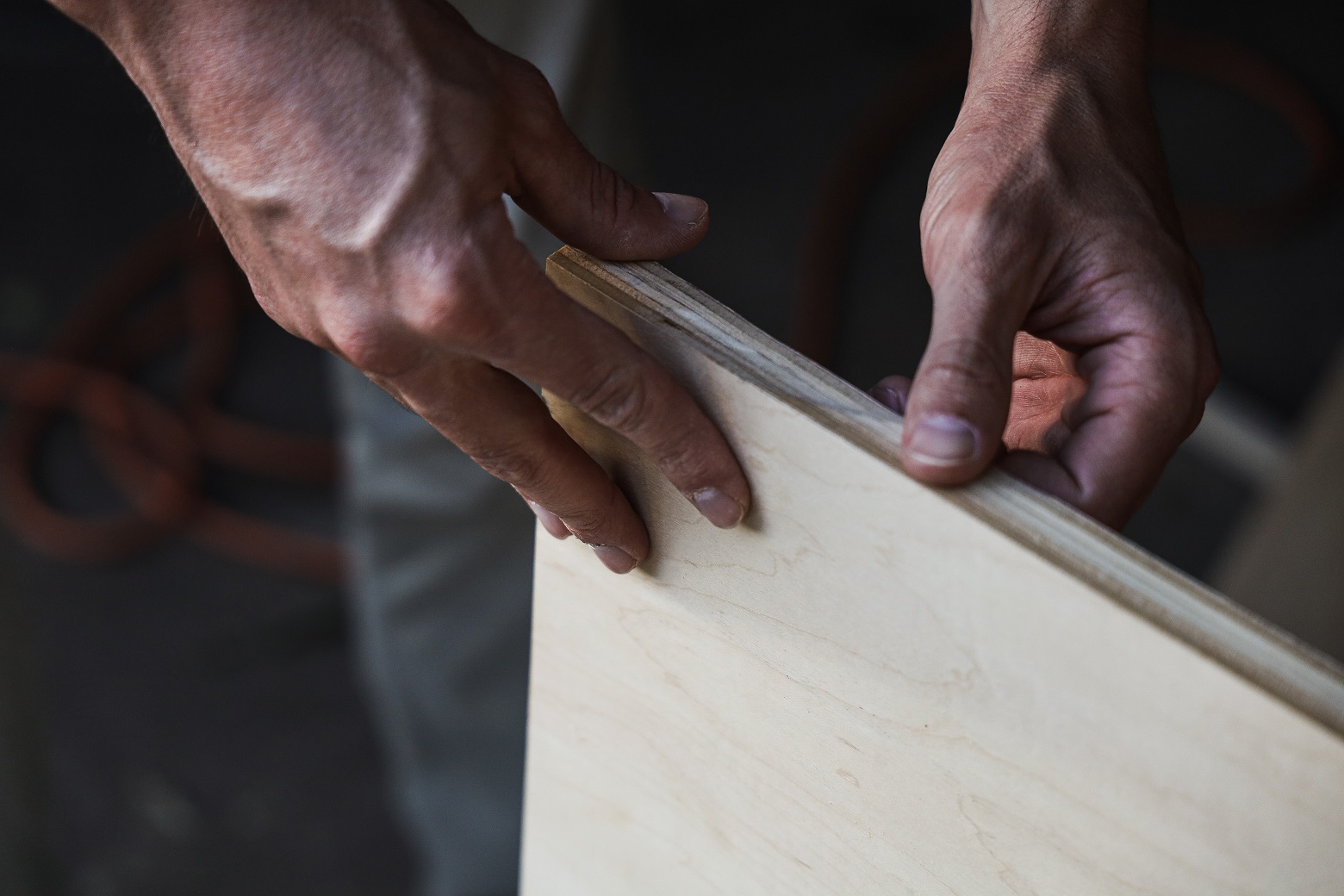Plywood has several advantages over solid wood. Unlike solid wood, it is relatively strong and durable. Plywood is made from hardwoods and glued together with stronger phenolic adhesives. Moreover, plywood’s smooth texture gives floors and furniture a pristine look. It is also relatively inexpensive and easy to work with. Here are the biggest benefits of plywood, including one that is absolutely critical considering the state of the world today
1. Durability
In terms of durability, plywood is more resistant to dents and scratches than other materials. While it can be cut, it can easily bend and sag, so proper measuring and cutting are essential. Make sure to avoid big-size plywood, such as large doors or beds. If you need more structural strength, you can even laminate your plywood to extend its shelf life to about 20 years. It will also not swell in sticky environments.
Plywood is made from thin sheets of cross-laminated wood. This process bonds the veneers together under pressure and heat. The thickness of plywood panels varies depending on the grade and the wood used. Higher-grade panels have fewer voids and surface imperfections, making them more durable. Due to the cross-laminated structure, plywood is ideal for use in applications where moisture may be a problem. Its high strength-to-weight ratios make it a preferred choice for many applications.
In order to improve the natural durability of plywood, some scientists have studied the properties of different grades of plywood. One of the most common methods of improvement in the durability of plywood is by mixing the nondurable plies with durable ones. However, mixed plywoods generally lack the same level of durability as pure durable ones, and these varieties show evidence of localised attack in the nondurable parts. These results suggest that it is best to use durable plywoods where they are necessary.
2.It is lighter
The cross-grained structure of plywood helps it to be strong, yet lightweight. The glue used to attach plywood increases its strength. The light weight also makes it easier to work with and transport, which saves you money. Plywood also comes in different sizes, allowing you to customize your project and cut costs. The advantages of plywood are clear. You’ll be amazed at how versatile and practical it is for your home. There are numerous uses for it, and you can build as many structures as you want with it.
Compared to cement board, plywood is a better choice for some building projects. High-grade plywood is strong and comes in various thicknesses. Plywood is more lightweight than cement board, and it is easier to work with than solid wooden boards. Plus, there are several different grades of plywood, allowing you to find the right fit for your home and budget. Some of the more expensive types of plywood have been treated with chemicals, which will help protect them from moisture damage.
3.Plywood is stronger
The difference between solid wood and plywood is in their production methods and processing. Solid wood is made by cutting the trees and drying them. During the production process, plywood undergoes many steps that need to be carefully attended to. The thickness of the layers, their gluing, and pressing should be carefully controlled to prevent gaps. As the number of layers increases, so do the strength levels of plywood. If these factors are met, the final product will be stronger than solid wood.
Although some people don’t believe it, plywood is stronger than solid wood. Its layers are laminated together with an adhesive. A binding agent blocks the pores and prevents humidity from damaging the material. This gives plywood a better resistance to water and other damages. Plywood’s strength largely depends on the moisture content. The stronger the glue, the stronger the plywood. Plywood is available in various grades that suit a variety of applications.
4.Plywood comes in large sizes
Another of the many benefits of plywood. Would a single piece of solid wood be big enough to allow you to make furniture? Of course not. Standard plywood sheets, on the other hand, come in large sizes, with lengths of at least 1800mm and widths generally at 1200mm. You can certainly do a lot with engineered wood products of that size crocodile plywood.

